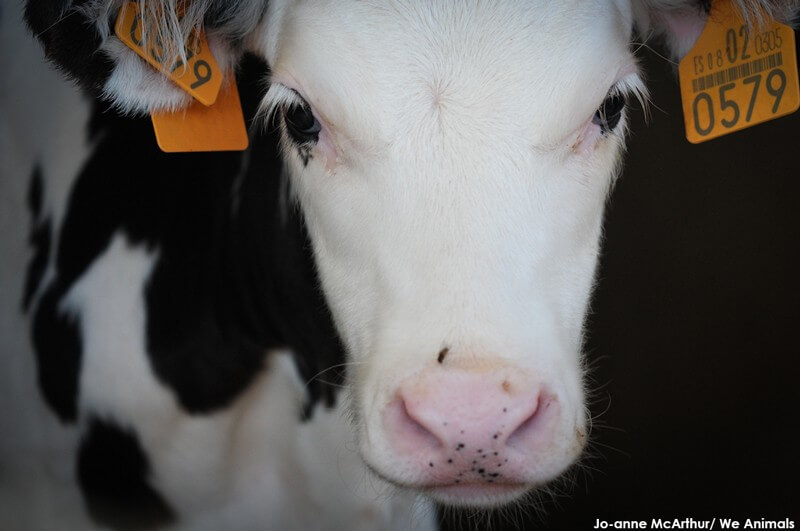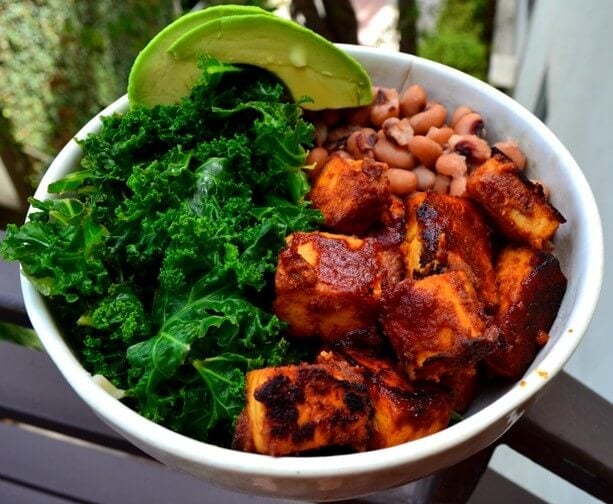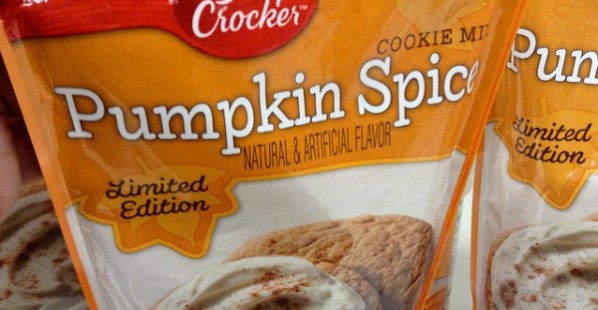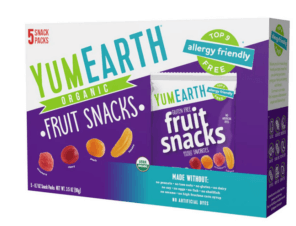A Kid’s Guide to Vegan Nutrition
So you’re ready to make the compassionate choice to go vegan (woohoo!). But your parents are doing what parents do best: worrying about you. They want to know where you’ll get your protein and how you can grow big and strong on a plant-based diet.
Well, fear not! With this guide to vegan nutrition, you’ll be able to explain where all your nutrients will come from.
Protein
Guess what! Almost every plant-based food contains protein, so it’s almost impossible to lack protein if you’re eating enough food every day. Soybeans are a fantastic source of protein, as are other types of beans as well as lentils, nuts, seeds, mushrooms, broccoli, whole-wheat bread, oatmeal, and corn. Mock meats made from tofu, tempeh, and seitan are also high in protein (and delicious!).

Omega-3 Fatty Acids
What on Earth are omega-3 fatty acids, you ask? Listen up! They’re very important for heart, brain, skin, and joint health. Some people think we need to eat fish in order to get these nutrients, but that’s simply not true. There are omega-3 fatty acids in plant-based foods like flaxseeds, walnuts, Brussels sprouts, oatmeal, seaweed, and cauliflower.
Iron
Iron helps to create red blood cells and transport oxygen, so getting enough of it is important. One type of food that’s packed with iron is spinach. Other iron-rich foods include beans, black-eyed peas, lentils, oatmeal, dried fruits, nuts, sunflower seeds, nutritional yeast, molasses, and grains such as quinoa and millet.
Vitamin C makes it easier to absorb iron, so be sure to eat foods that have both nutrients—such as dark-green leafy vegetables like kale, spinach, and broccoli. Few people realize that dairy milk is very low in iron.
Vitamin B12
Vitamin B12 is found in some supermarket cereals, fortified nutritional yeast, and fortified soy and rice milks. It’s also easy to fill your B12 needs by asking your parents to buy supplements for you. You can get chewable ones from Whole Foods that taste super-good.
Calcium
Cows used for milk have miserable lives. They’re branded and dehorned—which means that farmers remove their sensitive horn tissue or the horns themselves using hot irons, chemicals, or hand saws—without being given any pain relief. Baby cows in the dairy industry are often taken away from their moms within hours of being born.

Some people eat or drink dairy products in order to get calcium without realizing that there are other, humane ways to get it. In fact, more calcium stays in the bones of people who get it from veggies than in the bones of those who eat or drink dairy products.
Some sources of calcium that you can feel good about eating or drinking include broccoli, kale, beans, almonds, some brands of tofu, calcium-fortified soy or rice milk, and orange juice.

Vitamin D
Getting enough vitamin D is as easy as playing outdoors in the sun for 15 to 20 minutes a day. However, if you’re at school for most of the day or live in a part of the country that isn’t always sunny, you can also get your vitamin D from some nondairy milks and fortified orange juice.
The Bottom Line
Kids who are raised on a diet of fruits, veggies, whole grains, and legumes usually grow up healthier and less overweight than children who eat meat.
Plant-based foods are cholesterol-free and more likely to be low in saturated fat and calories (the bad stuff) and high in fiber, complex carbohydrates, and cancer-fighting antioxidants (the good stuff!). And if that weren’t enough good news, you’ll be saving the lives of around 100 animals every single year by keeping them off your plate.
So without further ado …











Under 13? Ask your parents bee-fore you continue!